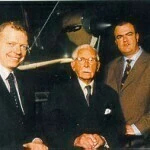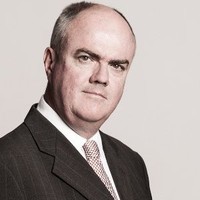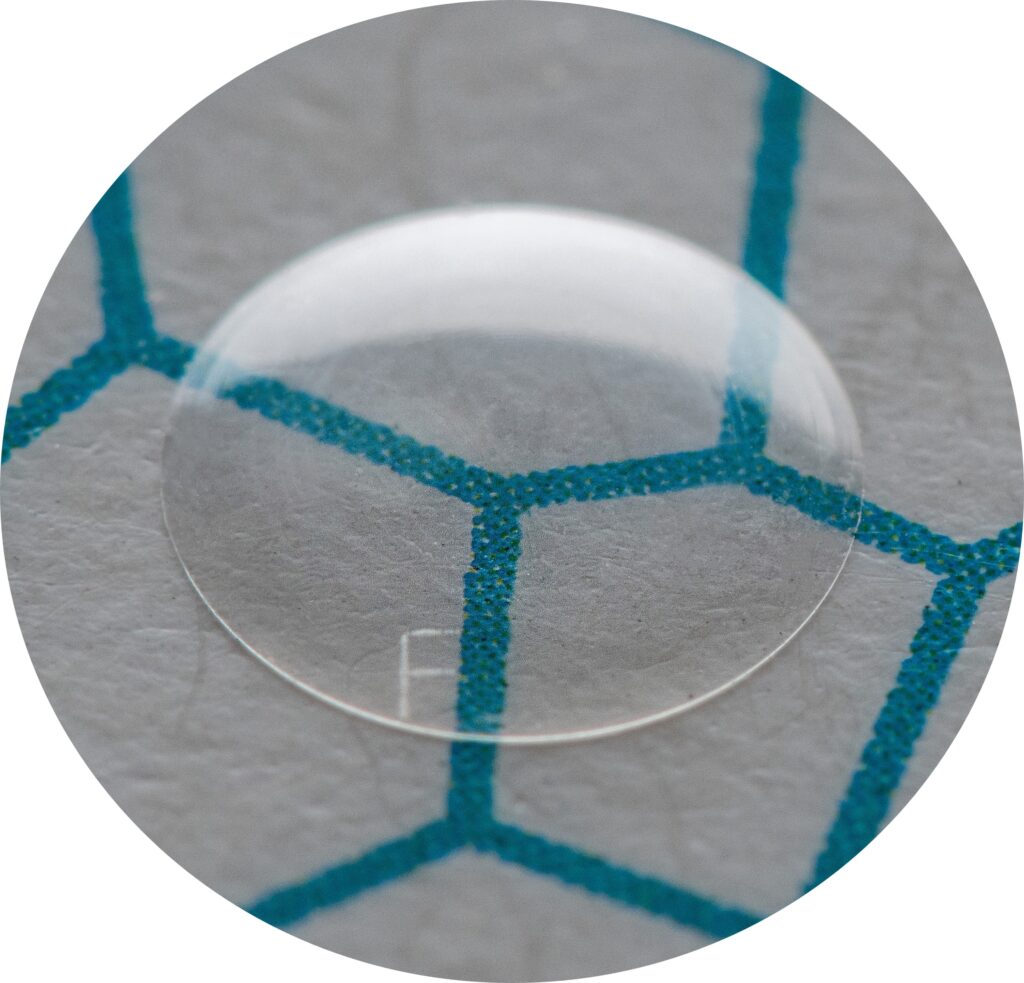Heidelberg 10 July 2024. Sir Harold Ridley: the English ophthalmologist who invented the intraocular lens and pioneered intraocular lens surgery was born in Kibworth, a village in Leicestershire in the English Midlands, on 10th July 1906.
2024 marks the 75th anniversary of the first intraocular lens manufactured by Rayner in 1949. Much will be said and written about the first lenses, the first lens implantation, and about Harold Ridley’s legacy to ophthalmology, but today being his birthday, we might also consider his background and childhood. What was that like?
Harold was the elder son of Nicholas Charles Ridley and Margaret (née Parker). He was christened Nicholas Harold Lloyd Ridley. He had a younger brother, Allder, born in 1909. Allder predeceased Harold by about ten years, they had kept in close touch.
His father was a surgeon serving in the Royal Navy. While posted in China in the 1880s, he developed severe joint haemorrhages, the result of haemophilia. He took up ophthalmology after leaving the Navy through ill health. In civilian life, he was a consultant ophthalmologist at Leicester Royal Infirmary.
On his father’s side, Harold could trace his ancestry to a family seat in Northumberland and to Nicholas Ridley, Bishop of London, the Protestant martyr who was burned at the stake in Oxford in 1555.
On the maternal side, the tradition was that the Parker family was resourceful, worldly and successful in commerce, in contradistinction to his paternal ancestors’ frequent vocations to the Church. Harold’s mother was a friend of Florence Nightingale. When Harold was four years old, he was brought by his mother to visit the “Lady with the Lamp” and he sat on her knee.

Sir Harold confirmed this when I met him in 1999 at the Science Museum in London. But he added he could not remember it; he was too young. It was his mother who told him that it had happened. Likewise, when we looked at the planes suspended from the Museum ceiling, he volunteered that he had been taken to see Louis Blériot, who had in 1909 had made the first flight across the English Channel. In the days after the crossing, Bleriot toured the English South East coast. Again, Ridley said he was too young to remember where he would have seen Blériot, probably in East Sussex.
Also at the Science Museum, Ridley confirmed that his first reading glasses were fitted in the New Bond Street shop of Reiner & Keeler in London, the antecedent firm of Rayners. It had long been the company lore that Ridley, “going back to his childhood, had been loyal to Rayners”. I thought this was too good when I joined Rayners in 1990. Still, Sir Harold confirmed it, and when Ian Collins (my predecessor as Managing Director) visited Swinstead in 1998, Ian also asked him about it. Harold rummaged in a drawer and took out tortoise-shell framed spectacles, Rayner glasses with which he was fitted as a young man and kept for many years, apologising to Ian that he no longer had the Rayner frames from his childhood.
A lifetime spanning the history of aviation; an invention born out of observations on injured aviators, and a lifelong friendship between the inventor and company that made the IOL - some clues to the man behind the invention. Happy Birthday Harold!
Between today and the 29th of November 2024, we will dip into the Apple Lab’s archives to bring more on the history of Harold Ridley.



 EndoArt® : 5 years
EndoArt® : 5 years